The Uphill Battle for Food Sovereignty in Puerto Rico
Envisioning a sustainable future for agriculture in Puerto Rico, Daniella Rodríguez Besosa uses lessons learnt in the aftermath of Hurricane Maria to embrace regenerative principles.
Editor’s Note: this story is published in partnership with KCET / PBS SoCal and in association to The Migrant Kitchen, our Emmy-winning documentary series now on its fourth season.
A small, unexpected byproduct of a generationally devastating hurricane? A farm in the mountainous municipality of Aibonito has grown into a hub of local, sustainable food.
On September 20, 2017, a Category 4 hurricane made landfall in Puerto Rico and pulverized the archipelago before eventually heading eastward and wearing itself out over the Atlantic Ocean. Hurricane Maria killed nearly 3,000 people in Puerto Rico, destroyed an electrical grid already strained after the impact of Hurricane Irma weeks prior, and decimated 80% of the nation’s crop value.
The damage was comprehensive and sparked a humanitarian crisis from which the nation is still struggling to recover. Power and food supplies were all but wiped out on the island; with ports and supply chains strangled, the people of Puerto Rico frantically reached out for international aid while simultaneously focusing their energies inward to take care of families who lost their homes and livelihoods.
Puerto Rico post-Maria was a bleak picture of families and communities who lost everything. Yet it was an image which, against all the odds, was splashed with hope, for on the farm in Aibonito, Puerto Rico’s most elevated town, a small patch of mesclun (a leafy green salad plant) continued to thrive in the lee of the Cordillera Central mountains. The agro-ecological farm, Armonía en la Montaña, is run by Daniella Rodríguez Besosa, an outspoken farming activist who has been advocating agricultural sustainability in Puerto Rico for more than a decade. It was no miracle that the mesclun survived; a combination of biodiverse plants, well-maintained soil, and the elevation of the land ensured its resilience in even the toughest conditions. It meant that less than a month after the hurricane hit, Besosa and her colleagues were still cultivating some of the only remaining fresh produce on the island.
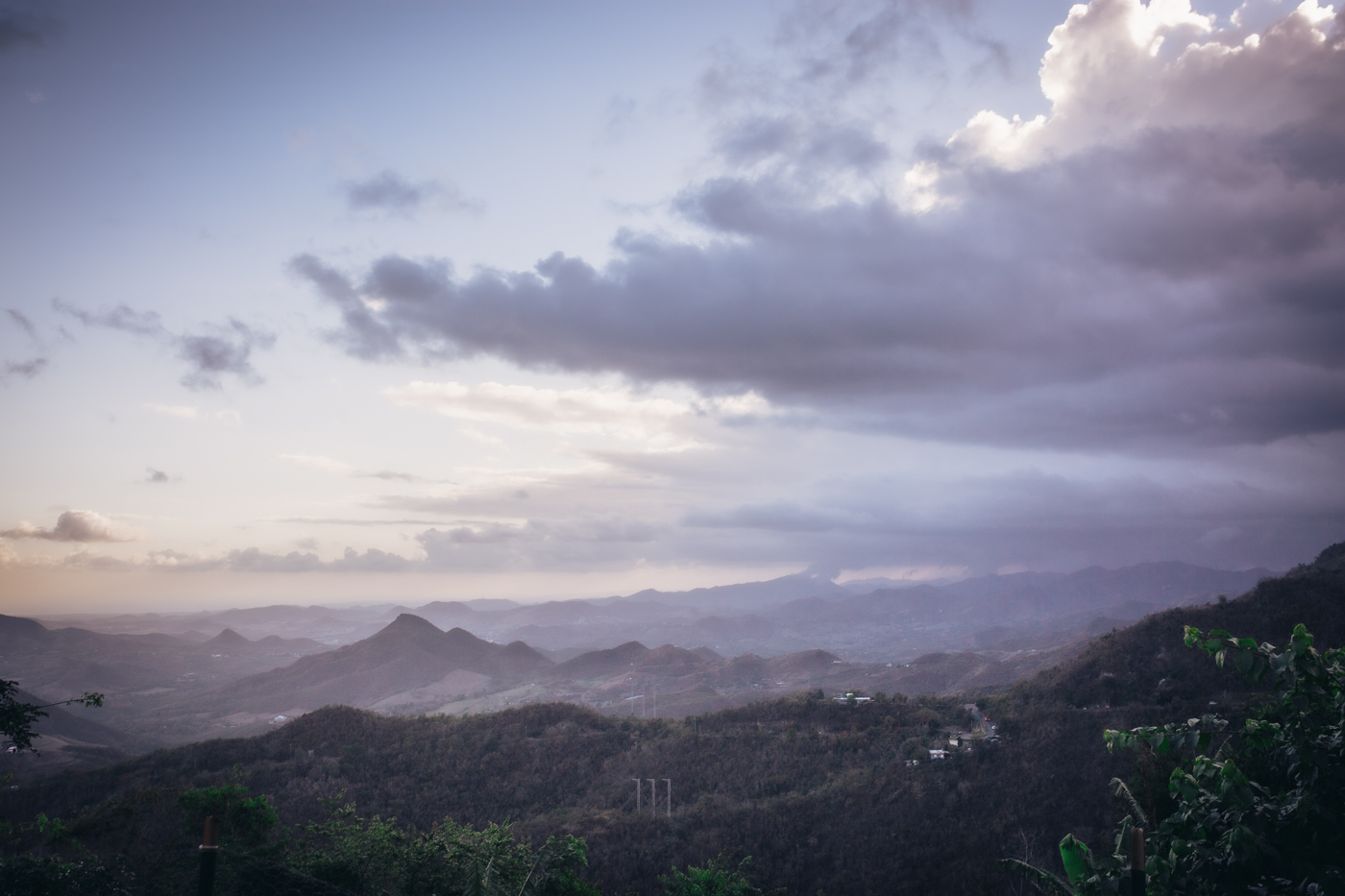
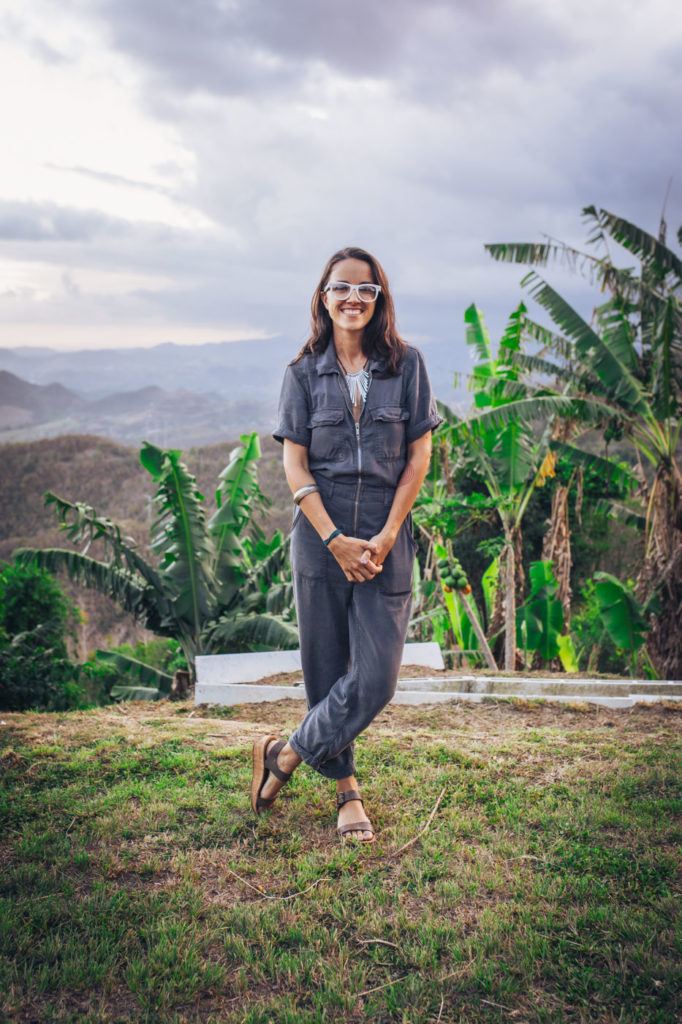
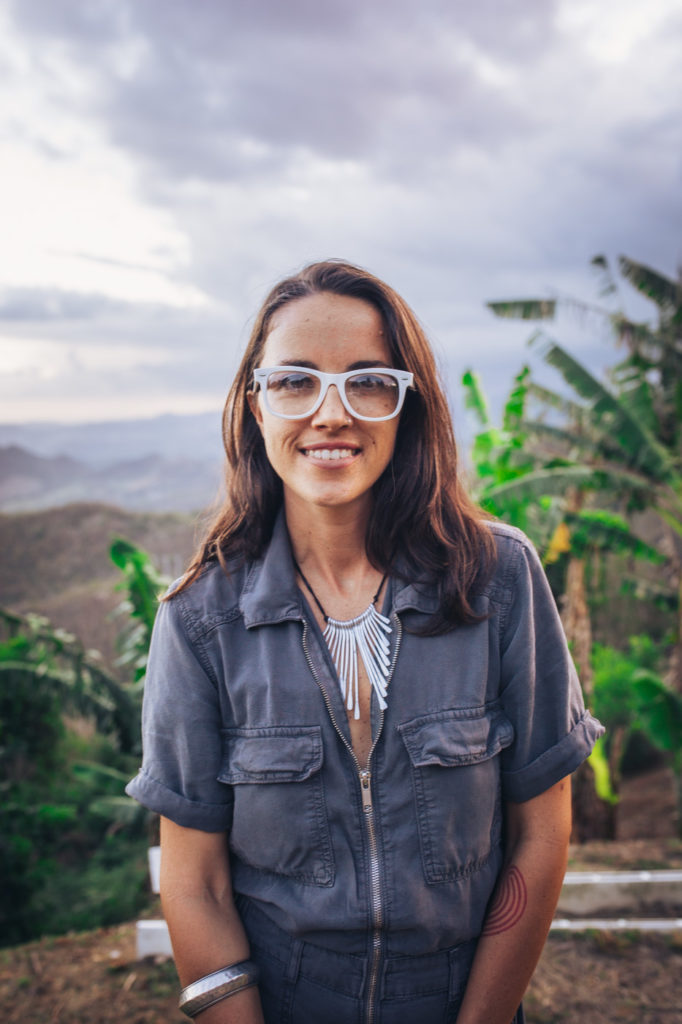
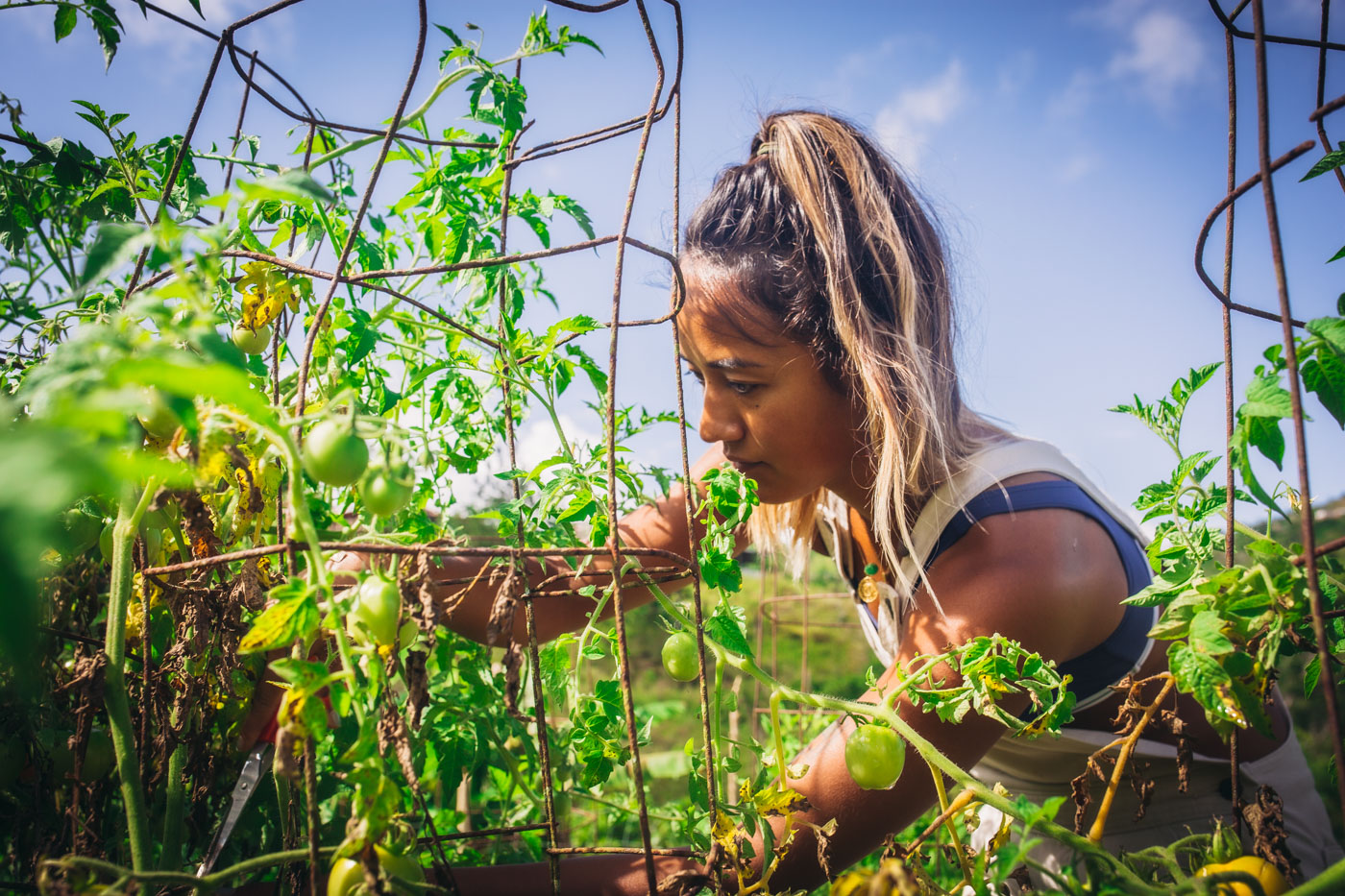
“We were eating greens three weeks after the hurricane,” Besosa says in a call from her home in Puerto Rico. “It was crazy.”
But the beginning of the story of Besosa’s involvement in regenerative farming belongs, in fact, to her mother, who years before the hurricane began working toward establishing a pesticide-free, organic farm that would grow local produce for local people. When her mother was diagnosed with cancer two years after inaugurating the farm, Besosa dropped everything to step in and alleviate her mother’s stress, helping her mother redirect her energy into the process of coping with her illness. She inserted herself into the workings of the farm, spending the first year learning the ropes and mastering the fundamentals of administration, crop planning, distribution and sales. Essentially, she says, doing everything except for physically working the land.
It was not Besosa’s intention, before her mother became sick, to become a farmer. “Originally, I’d been on track to do other things. I was supposed to go to Australia to do my master’s degree,” she explains. “But after a year of working on the farm…” She pauses a moment, considering the story so far, then continues, “Well, you cannot unlearn the things you pick up in that time, and how important it is to do it right, so it became a passion.”
When Maria struck, Besosa and her colleagues were in the middle of the process of moving farms after eight years at the site her mother founded. The devastation wrought by the hurricane stifled everything—two of their 14 members lost their roofs, and a third had to move in with their parents to help them out, so it took many more months than initially planned to complete the move.
When they were eventually able to channel the totality of their energies into the farm once more, they found that the soil was perfect; there was no erosion. Elsewhere on the island, by contrast, they saw entire coffee and plantain farms washed away due to improper farming practices paid for by Puerto Rico’s Department of Agriculture. The so-called prime farmland, overrun with cash crops pumped full of pesticides and fertilizers, all but disappeared across the island.
At elevation, where Armonía en la Montaña and other small-scale farmers work, the protection afforded by the mountains safeguarded the land from washing away in the deluge. Further, the soil was anchored—literally and figuratively—in agro-ecological practices that prize building soil resilience through biodiversity.
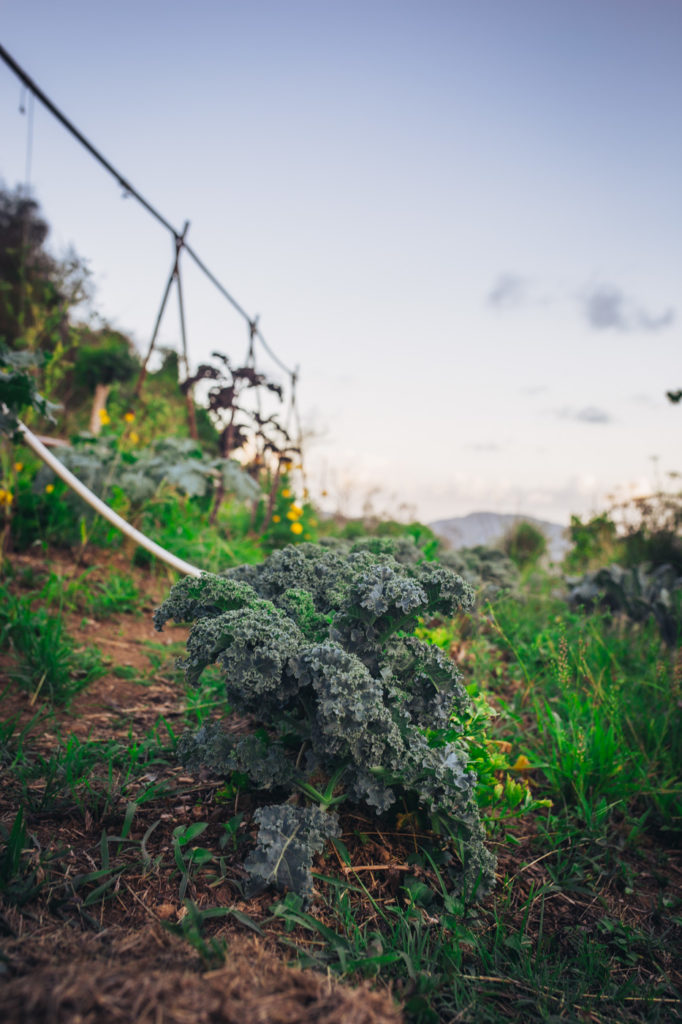
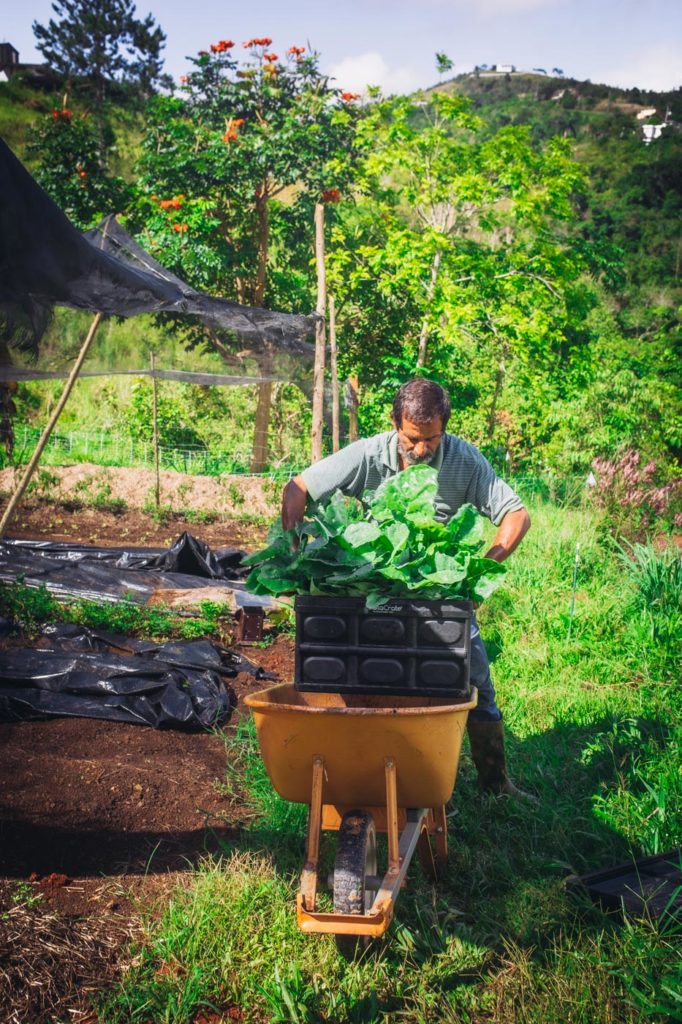
“We were already following regenerative practices,” Besosa says proudly. “And we value not having a large input from external bodies, like the government. As such, the bounce back of the farm after the hurricane, by comparison to the rest of the island, was relatively fast.”
Despite the magic inherent in being able to grow year-round, there are no alchemical secrets to regenerative farming. As a practice, regenerative agriculture seeks to restore the land rather than continue to degrade the soil with artificial fertilizers and pesticides and aims to stabilize crop production for a sustainable, year-round harvest. As an intersectional social movement, it demands social justice through the nourishment of regional identities and anchors its roots in a fundamental belief in the right of society to holistic health and equitable food access.
Regenerative farming practices are by no means a new idea. Indigenous communities have existed according to the rhythms of the land for millennia, largely ignoring the relentless march of modernized techniques. In recent years, however, the true impact of industrialized farming has become as apparent in the earth’s soils as a gigantic combine harvester—and about as easy to ignore.
A report published by the Food and Agriculture Organization of the United Nations (FAO) in 2021 estimated that in 2020, a staggering 2.37 billion people did not have adequate access to food in 2020, including 60 million undernourished people in Latin America and the Caribbean. In part, the report argues, the underlying causes of the global shortage of food have been exacerbated by the interaction of a multitude of factors associated with the Covid-19 crisis.
Crucially, however, it notes the majority of the problem—i.e., iniquities in the food value chain and the impact of industrialized agriculture on the world’s soils—precedes the pandemic by some years. The report stresses, amongst other things, the need for the radical transformation of food systems in order to provide nutritious, affordable food for all and to encourage the increased efficiency and resiliency of food systems. Moreover, amongst the key points for action is the need to provide decent livelihoods for all participants in the food value chain, in particular for small-scale producers, and the equitable involvement of Indigenous peoples, women and youth.
It is clear from the FAO’s report that without drastic measures and a quick collective paradigm shift, there will be no movement toward ending world hunger and malnutrition. In fact, it posits, we are moving in the opposite direction. The imperative to sustainably scale regenerative practices to feed whole nations has never been more urgent—we are at a juncture in the modern reckoning with our harmful impact on the planet at which we can do or die. Add the impact of natural disasters such as Hurricane Maria to the catastrophic mix highlighted by the U.N. report, and it is clear how pivotal sustainable agriculture will be in the battle to attain resiliency in our communities.
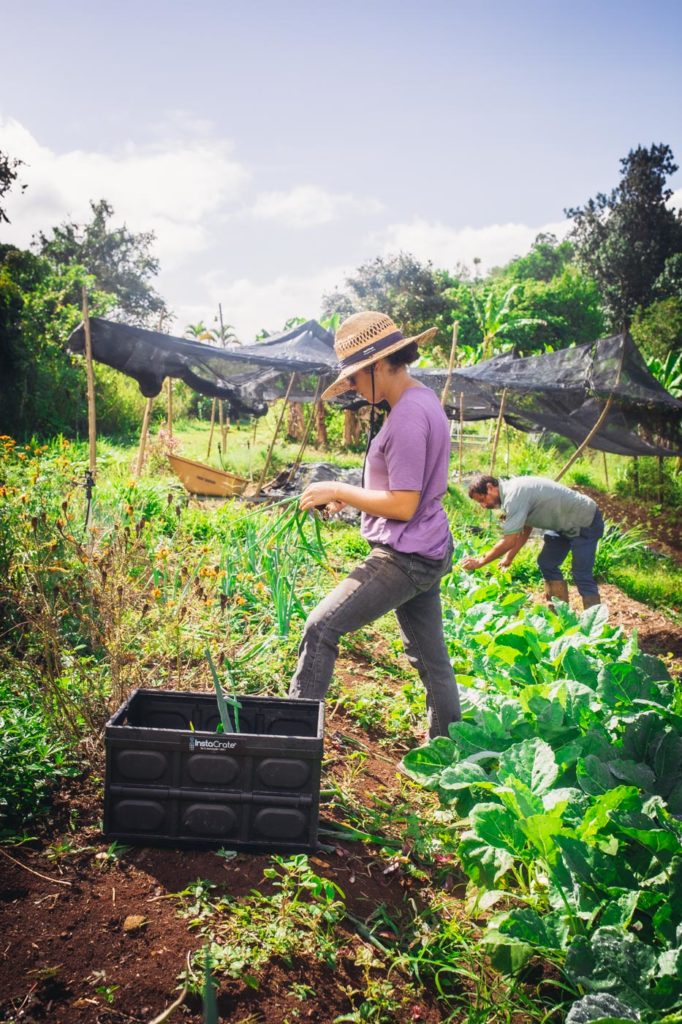
With the scaling of sustainable regenerative practices and the promotion of local food production—both of which are essential to boost Puerto Rico’s agriculture—communities will be better equipped to deal with trade deficits in the wake of natural disasters. Changing the means of food production would increase the quality of produce in Puerto Rico and reverse a number of social, environmental and economic problems.
At Armonía en la Montaña, Besosa and her colleagues aim to facilitate economic sustainability for small farmers and a democratization of access to healthy crops. They operate a number of educational and community service programs and distribute locally-grown produce through a community market in Aibonito. Establishing their work as a nonprofit was simply an extension of the help they already provided to the local community, and understanding what was needed in the community meant they have been able to provide support exactly where it is required.
Utopian as a vision of well-scaled, local farming may be, however, the reality of the situation, says Besosa, is it is difficult to make a sustainable business of farming in the mountains. Farmers must travel for at least an hour to sell their crops because they usually trade with high-end restaurants in cities like San Juan or at farmers markets, which are also primarily based in urbanized areas. Moreover, the price of buying remains stunted after a decade of financial crisis. Although the local government incentivizes citizens to buy fresh crops through food stamps, little to none of the support is manifest at organic farmers markets. Indeed, a meager 2% of incentives available on the island are accessible to rural farmers, and there is no price protection or guarantee of crops being sold for farmers who exist outside the agricultural frameworks established by the government.
“From an economic perspective,” argues Besosa, “most organic farmers are simply surviving. For sure, our lifestyle is richer than most people’s, but in terms of monetary gain, regenerative, small-scale farming is not a successful endeavor.”
When asked what would flip the switch on Puerto Rico’s agricultural state of affairs, Besosa says, “Local government support is absolutely essential. Without that, we cannot incentivize buying local, organic produce across the island. If the focus was shifted from industrial agricultural methods, we would see a change in food sovereignty and health very quickly.”

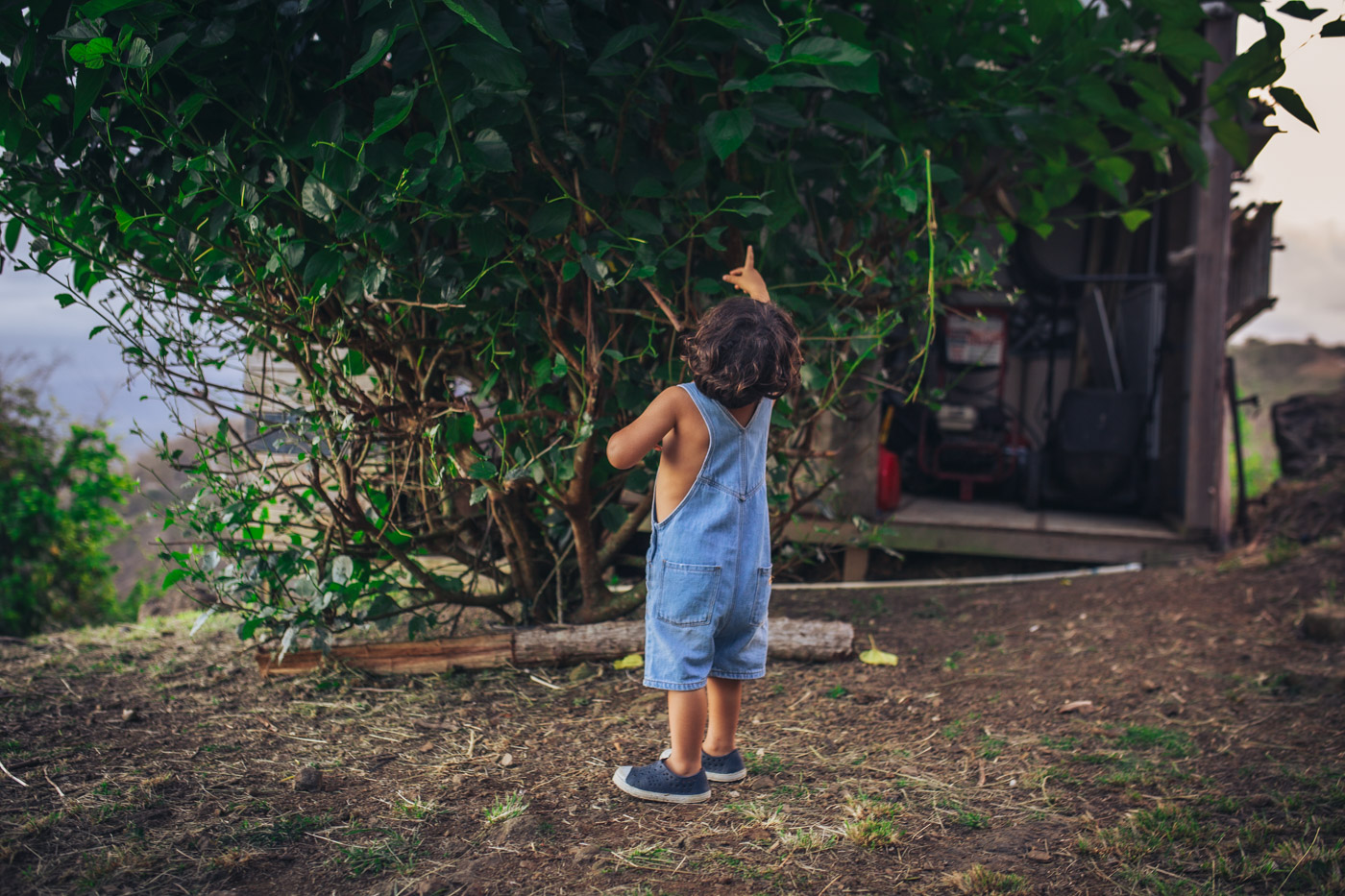
It is a sad fact that the government is still too invested in industrial agriculture, plus the island has, for over a century, been beleaguered by the effects of Jones Act, also known as Section 27 of the Merchant Marine Act of 1920. Passed in 1920, the act established that trade between U.S. ports must be carried on ships that are U.S.-built and flagged, and 75% U.S.-owned and -crewed. In an economy dominated by agriculture, the effects of such a levy on imports and exports is strangling—the Jones Act ultimately doomed Puerto Rico to extortionate food prices and billions of dollars in lost trade revenues. The Jones Act is a piece of enduring colonial history that is failing the food system in Puerto Rico and has increased the island’s dependency, and hence their vulnerability, to economic shocks and the already-detrimental effects of natural disasters.
“It’s really difficult,” says Besosa. “Farmers feel like they are on their own, and there is so much red tape and bureaucracy that it seems impossible to feel that the work we do can spread in the way it needs to.”
Moreover, the central government not only fails to support small-scale agro-ecologists, but actively facilitates industrial forms of agriculture that make it harder for regenerative farmers to establish themselves economically.
This leaves advocacy to fall on the shoulders of nonprofit organizations like Armonía en la Montaña, an unfeasible situation given there is only so much they can do, argues Besosa. Indeed, there are a number of grassroots organizations already working across the island—including Acción Valerosa, Acción Social de Puerto Rico, Inc. (ASPRI), and Para la Naturaleza, to name but a few—who are already stretched beyond their capacity.
“What is it that we are facing?” Besosa asks. “Are we looking at some magical change in mindset of the people in power? At placing our people in power? Or do we have to wait for disaster to strike in order to see a change in the local economy?”
It is a pertinent set of questions, and one which regenerative farmers across Puerto Rico—and indeed across the world—must constantly dwell upon. Ultimately, though, Besosa is hopeful. She and her colleagues at Armonía en la Montaña know they are living proof that, even in the toughest of times, sustainable, community-oriented values in agriculture can be wielded as tools for resilience in the face of catastrophe.
Puerto Rico will inevitably face more natural disasters over the coming decade, particularly in light of the rapidly accelerating freefall toward climate tipping points. The right attitude, however, and equipping farmers across Puerto Rico with agro-ecological tools could see mesclun greens on plates across the nation, no matter the circumstances.







Our comments section is for members only.
Join today to gain exclusive access.